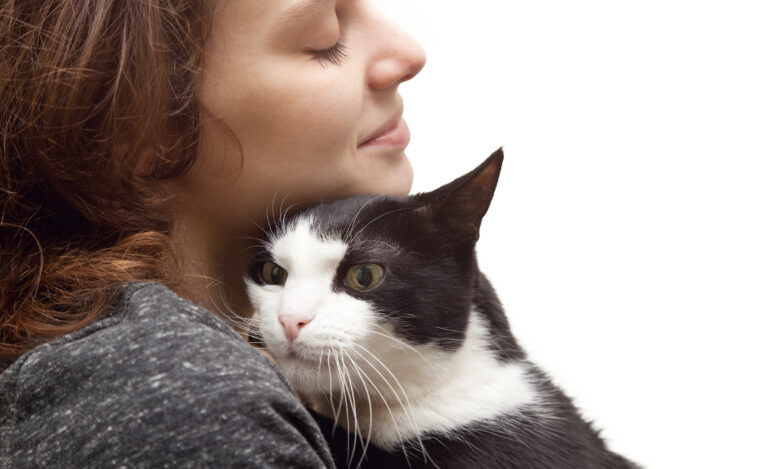What to Do if Your Cat Stops Using His Litter Box: A Comprehensive Guide
This post may contain affiliate links, meaning if you decide to make a purchase via my links, I may earn a small commission at no additional cost to you. You can read our full affiliate disclosure by clicking here.
What to Do if Your Cat Stops Using His Litter Box: A Comprehensive Guide
Introduction:
Cats are wonderful companions, but sometimes they develop habits that can be a bit challenging for us as pet owners. One common issue is when a cat stops using its litter box. If you’ve ever faced this problem, you know how frustrating it can be. However, don’t worry – in this article, we’ll explore the possible reasons behind this behavior and provide you with a step-by-step guide on what to do if your cat stops using its litter box.
Understanding the Problem:
Before diving into solutions, it’s essential to understand why your cat might be avoiding the litter box. Cats are creatures of habit, and any deviation from their usual behavior could indicate an underlying issue. Here are some common reasons:
1. Health Problems: Cats may avoid the litter box if they’re suffering from a urinary tract infection, constipation, or other medical issues. It’s crucial to rule out any health problems first.
2. Litter Box Cleanliness: Cats are known for their cleanliness. If the litter box isn’t clean or the litter is unpleasant, your cat may seek alternative spots.
3. Stress and Anxiety:*Changes in your cat’s environment, such as moving the litter box to a new area of the home, the addition of a new pet, or other stressful situations, can lead to litter box issues.
4. Territorial Marking: Unneutered male cats, in particular, may spray to mark their territory. This isn’t always a litter box issue but can be related.
Solutions to the Problem:
Now that we’ve identified potential causes, let’s delve into solutions for each scenario:
1. Consult a Veterinarian: If you suspect a health issue, consult your veterinarian immediately. They can diagnose and treat any underlying problems.
2. Maintain Litter Box Hygiene: Ensure the litter box is scooped daily and cleaned regularly. Cats are more likely to use a clean box.
3. Litter Preferences: Experiment with different types of litter to find the one your cat prefers. Some cats have specific texture or scent preferences.
4. Reduce Stress:*Create a calm and secure environment for your cat. Provide hiding spots, vertical spaces, and playtime to alleviate stress.
5. Gradual Changes: If you’re introducing changes like a new pet or moving, do so gradually, giving your cat time to adjust.
6. Spay/Neuter: If your cat is spraying due to territorial issues, consider spaying or neutering, which can reduce this behavior.
7. Positive Reinforcement:*Use positive reinforcement to reward your cat for using the litter box correctly. Treats and praise can go a long way in encouraging good behavior.
Conclusion:
Remember, patience is key when addressing litter box issues with your cat. Every cat is unique, and it may take time to identify and resolve the problem. By understanding the reasons behind your cat’s behavior and following the steps outlined in this guide, you can increase the chances of getting your feline friend back on track with their litter box habits.
By addressing this common issue, you’re not only ensuring a cleaner home but also a happier and healthier life for your beloved pet.







